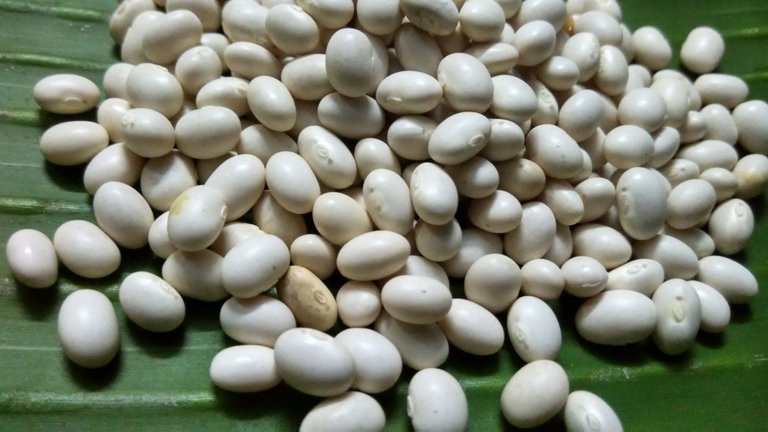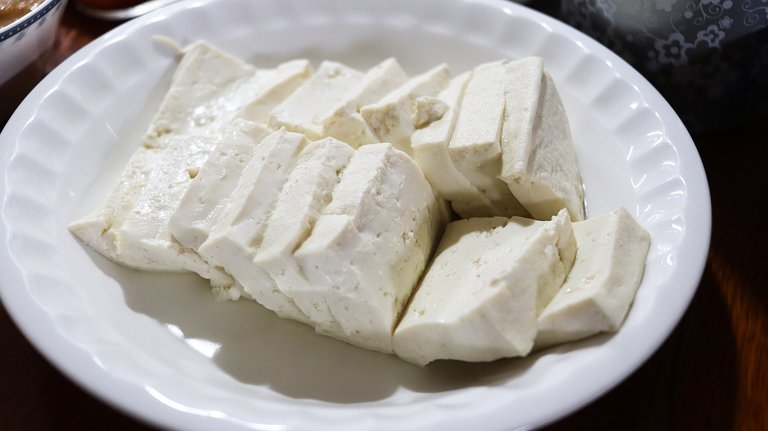We are in a world were we buy into a lot of things including believes and myths and this is why we buy into a lot of wrong health tips and myths either from social media or old ones that we have inherited from years back. But then, we are an ever evolving and ever learning specie willing to learn new things and apply them where necessary, so this is one reason I am here.
In the past few years, soy beans have become very popular, and soy based food have become a major thing. A lot of stories, theories, and unchecked facts have been flying around about soy and soy-based food but one that's funny for me and is very common to so many people on the internet is that soy based food can act as estrogen. Due to this, a lot of people especially males avoid soy so they do not become feminized.
The estrogen myth was brought to life due to the presence of a type of Isoflavones present in soy known as phytoestrogen with a similar structure to estrogen in the body causing people to believe that it will have the same effect as estrogen in the body but this is not true because they still have little structural differences which means they do not bind as tightly as estrogen in the body.
The claims that soy can cause erectile dysfunction and reduced testosterone level as a result of a study in the 2000s on rodents but it has been seen that rodents produce estrogen differently from humans. You might have also heard the story of a person who developed enlarged breast after taking soy products daily but this is the only case that has been seen and scientists have done subsequent research on taking excessive soy milk or tofu, and realize that it wouldn't lead to enlarged breast tissues.
Another meta analysis showed that phytoestrogen do not increase estrogen levels in women nor reduces testosterone levels in men which makes this claim is false. Moreover, every human produce estrogen although at different quantities. So eating soy will not feminize you or any other person in any way.
Now I have been able to explain one myth to you but there is another one that is very concerning and that is the fact that metabolism slows down as we age. Metabolism is basically all the chemical compounds that keep us alive and so it is believed that with age, fewer calories are burned from food but this is not true as age doesn't affect ones energy need on a cellular level. Our metabolic rate starts to increase as we grow and peaks at the age of 20 where it remains so for years until the age of 60 where it begins to drop by 0.7% yearly.
One of the reasons for this is because we lose body mass as we age making our metabolism reduced so there are reduced muscles to use large amount of calories. Reduction in muscle activities and little protein intake is another reason why people can have reduced metabolism. No doubt metabolism rate reduces as the age above 60 years, but staying stronger for longer is helpful for better quality of life.
Have you heard on the internet that all artificial food coloring is bad for children? For the past 50 years, there have been different concerns and worries about synthetic dyes with one of the worries being that it is associated with Attention Defecit Hyperactive Disorder (ADHD) in children. Over the years, there have been a lot of artificial food coloring that has been banned and there have been strict rules to making them better but even with this, some dyes have gotten attention in recent times like the Red Dye (Red Number 40), and Red Number 3.
The attention was gotten after a research on children's behavior after consuming drinks with artificial dyes or placebo, where children who took the real deal had increased hyperactivity. People who carried the result of this research only mentioned the dye Red Number 40 but didn't include that there were other dyes and preservatives in the drink. So singling out a dye out of a number of them and other possible cause wouldn't be a fair way to go about it. Also, ADHD is very tricky to measure and diagnose. Also, a lot of children are hyperactive even without taking food dyes or even long before dyes were introduced into our world, so hyperactivity shouldn't be a problem.
Reference
https://pmc.ncbi.nlm.nih.gov/articles/PMC9410752/
https://pubmed.ncbi.nlm.nih.gov/18558591/
https://pubmed.ncbi.nlm.nih.gov/19524224/
https://www.endocrinepractice.org/article/S1530-891X
https://pmc.ncbi.nlm.nih.gov/articles/PMC6390141/
https://pmc.ncbi.nlm.nih.gov/articles/PMC11784794/
https://pmc.ncbi.nlm.nih.gov/articles/PMC10456516/
https://pmc.ncbi.nlm.nih.gov/articles/PMC7545035/000
https://pmc.ncbi.nlm.nih.gov/articles/PMC9374375/
https://www.sciencedirect.com/science/article/pii/S1568163720303354
https://pmc.ncbi.nlm.nih.gov/articles/PMC4035379/
https://www.nature.com/articles/s41580-019-0101-y
https://www.fda.gov/industry/color-additives/color-additives-history
https://link.springer.com/article/10.1186/s12940-022-00849-9
https://www.cdc.gov/adhd/diagnosis/index.html
https://pubmed.ncbi.nlm.nih.gov/17825405/
https://www.thelancet.com/journals/lancet/article/PIIS0140-6736
https://pmc.ncbi.nlm.nih.gov/articles/PMC4321798/




